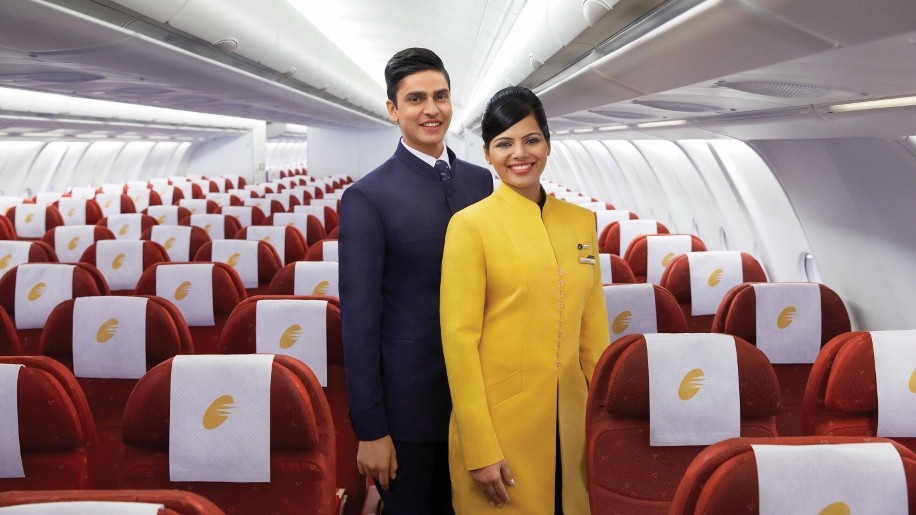
On June 1, Jet Airways began operating an A330-200 for one of its twice-daily flights on the popular Mumbai-Singapore-Mumbai route. The switch to a widebody aircraft from the B737 previously used comes in response to rising demand in this sector, particularly from business travellers. However, the 50 per cent increase in seat capacity is still not considered enough, and Jet Airways will upgrade the second flight similarly in August to make it an all-widebody service.
The A330 uses a two-class configuration, with 18 business and 236 economy seats, and it has garnered immediate positive feedback from the corporate segment.
“This sector has seen a growth in traffic of more than 34 per cent in the last two years, particularly among business travellers,” said Colin Neubronner, Jet Airways’ senior vice president, sales and marketing. “Additionally, connecting traffic from Melbourne, Sydney, Brisbane and Perth in Australia to India through Singapore, booked through codeshare and interline partners, is also growing rapidly.”
The aircraft upgrade follows the recent deployment of an A330 on the Delhi-Singapore route as well, and Jet Airways plans to begin a Bengaluru (Bangalore)-Singapore service in November this year to cater to demand from both the leisure sector and IT and software companies there.
This growth in connectivity between Singapore and India is part of a larger picture for Jet Airways, which has seen a substantial swing in its fortunes in the last two years. From recording a loss of US$342 million in the 2015 financial year, it has made a net profit of US$185 million in 2016 – a feat it attributes to cost reductions across its business structure and improved aircraft utilisation.
India’s economic growth and a meteoric rise in air travel is also part of the equation – between 2004 and 2015 domestic passengers increased from 16.1 million to 70.1 million, while international passengers increased from 16.6 million to 50.8 million (according to CAPA Research, DGCA and AAI). The IATA predicts that by 2031, India will be the world’s third largest aviation market, overtaking the UK.
Jet Airways plans to ride this wave; it has a robust domestic network, with 51 destinations and more than 500 daily flights, and if you include international routes as well, it boasts 630 flights servicing around 75,000 passengers every day.
As part of plans to expand its Asia-Pacific network, it is looking at several Asian cities, Shanghai in particular. “We see good potential in the Mumbai-Shanghai route, and are currently evaluating the feasibility of commencing direct operations into China,” said Neubronner.
Also on the radar is a possible direct service to Australia. “We are seeing a strong year-on-year increase in traffic flows between Australia and India,” said Paul Wu, general manager Singapore and Oceania. “We have a strong codeshare partnership with Qantas in providing feeder traffic from Australia into Singapore, connecting onto our Mumbai and Delhi services. To meet the robust growth on Australia-India routes, we are currently reviewing the feasibility of starting non-stop services of our own. While Sydney is being evaluated, we are reviewing other options, including Melbourne, but no time frame has yet been finalised.”
An important element in driving Jet Airways’ network expansion will be the return of six B777s loaned to its close partner airline Etihad Airways, which will be made available in a phased manner from August. These aircraft will be deployed on key international routes as the airline develops its growth strategy.
For more information, visit jetairways.com
Jeremy Tredinnick












